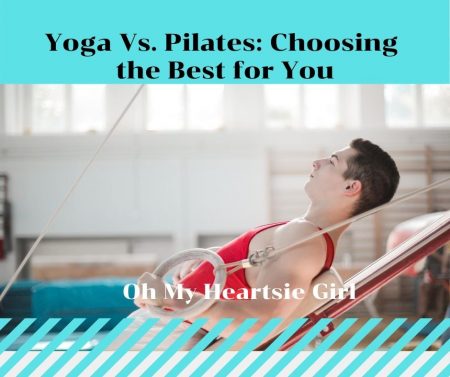People find themselves in need of a new physician for a number of reasons. For some people, getting a second opinion after a major diagnosis may help them make a well-informed decision on the course of their medical care. Others may be in need of a specialist to consult on a specific medical condition. Whatever your reason for needing a new physician, following these five guidelines will help you find the right doctor/surgeon for your specific medical needs.
1. Can they meet your specific medical needs?

As an individual, your age, medical condition(s), gender, and sexual orientation affect how you feel about your health, body, and your interactions with medical care providers. As you consider what you will need from your doctor, consider whether their practice can accommodate your needs. They should also be able to answer any questions you may have, such as, do penis enlargement supplements work?
If you’ve been newly diagnosed with cancer, as another example, and are therefore either seeking cancer treatment, finding the right oncologist can help you receive effective medical care. An oncologist is the primary medical care provider for a cancer patient. They have a medical degree majoring in the treatment of cancer and can diagnose and treating cancer using chemotherapy and other specialized therapies.
A medical oncologist will also coordinate their patient’s care with other specialists, as oncologists are trained to treat different types of cancer. If you’re looking for an oncologist, MediFind is an online database that helps you find top specialists for a number of health conditions. To find a medical oncologist through their website, simply type, “best oncologist near me,” and their algorithm will help you find the best oncology treatment in your area.
2. Consider their experience level.

A trained physician must have a medical degree and will have completed an internship, residency, and fellowship. You may also find it helpful to ask your doctor if they have participated in any clinical trials or medical research projects. Their participation in clinical trials could indicate that they are involved in developing novel and advanced medical treatments.
If you’re seeking rehabilitation therapy for stroke-related complications, ask your doctor if they offer exoskeleton rehabilitation. Exoskeleton technology is a new technology developed by Ekso Bionics to treat spinal cord injury. This wearable robot suit is used in rehabilitation therapy to help stroke patients or individuals who have suffered spinal cord injury regain their natural gait by improving muscle activity. Exoskeletons by Ekso Bionics are the only FDA-cleared exoskeleton technology and are currently being used in over 270 rehab centers around the world.
3. Find a practitioner covered by your insurance plan.

To avoid any uncomfortable surprises, make sure your prospective doctor is covered by your medical insurance. Ask if they cover your consultations, medical procedures, and medication. In most cases, your physician may not know exactly what your insurance covers. Plus, there may be too many variables like co-pay and deductibles. If you find yourself in this situation, contacting your health insurance card member service representative is a good place to start.
4. How easy are they to get to?

Consider the distance between your prospective doctor’s practice and your home/office. What’s more, how affordable will the parking be? If you have to use public transport, how long will the commute take, and how expensive/affordable will it be? Given that primary healthcare services are not evenly spaced out, they could be abundant in some neighborhoods and limited in others.
5. What hospitals are they affiliated with?

If you need to be hospitalized at some point, and you carry a preference for one hospital (or contempt for another), you may want to keep these preferences in mind when searching for your next doctor. Doctors tend to be affiliated with a number of hospitals in their area of practice. Knowing this, you may want to find out (beforehand) which doctors are associated with your preferred choice of hospitals.
If potential hospitalization is a possibility for your medical care, you may even want to choose your hospital first and then your doctor.

 What would your exercise choice be, yoga or pilates?
What would your exercise choice be, yoga or pilates?